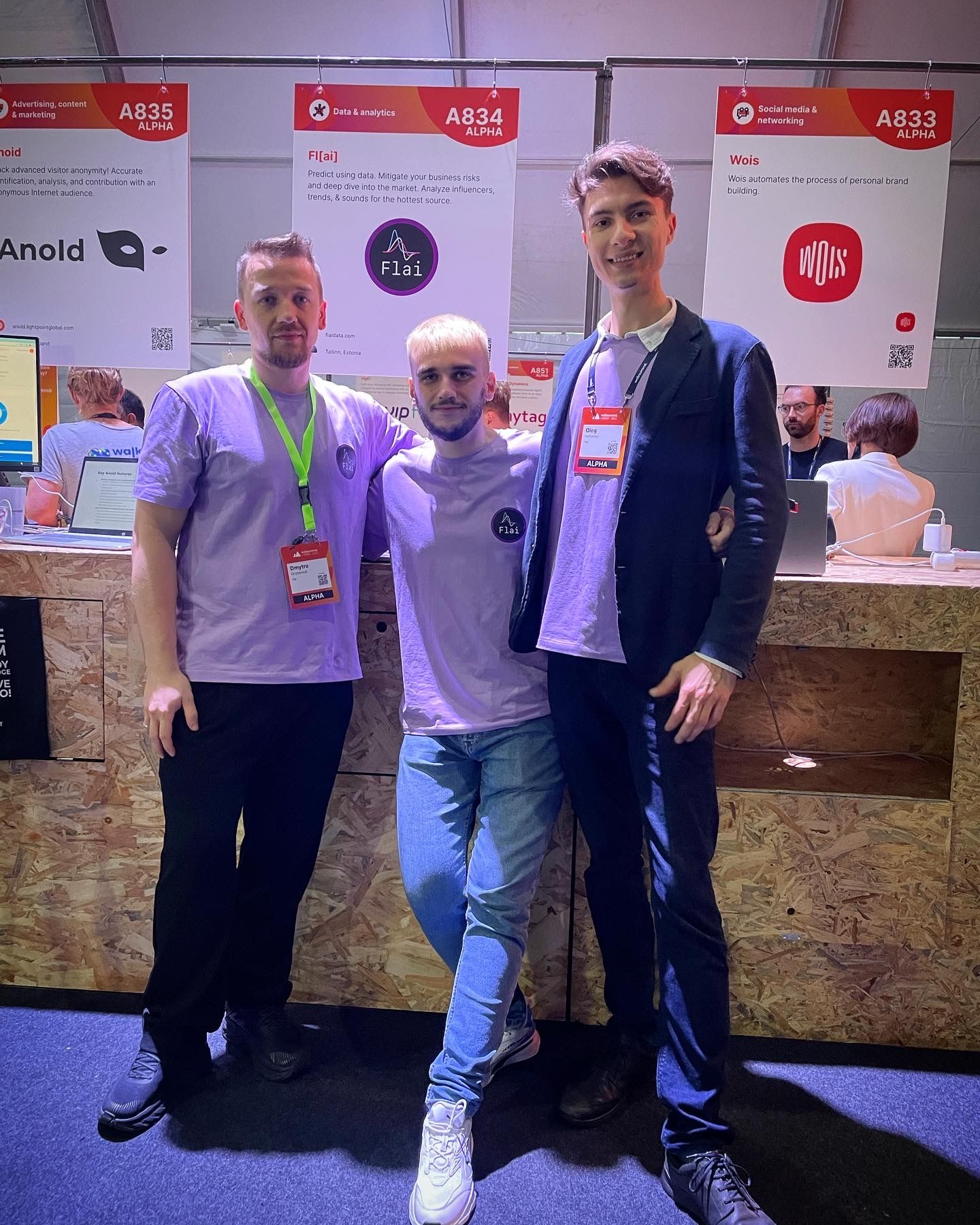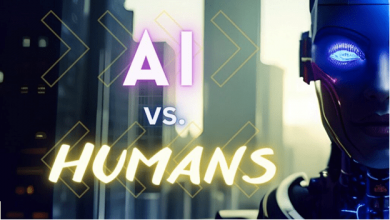How a Ukrainian AI Researcher Built a “Crystal Ball” for Social Media – And Why the World Is Watching
At Web Summit Lisbon, amid thousands of pitches about AI, blockchain, and “the next big thing,” one quiet demo stood out. It wasn’t flashy – no holograms, no exaggerated claims. Just a clean dashboard showing a TikTok video that hadn’t even gone viral yet – and a prediction: “70%+ probability of 1M+ views within 48 hours.”
Two days later, it hit 1.3 million.
That prediction came from Flai Analytics, developed by Ukrainian AI researcher and entrepreneur Dmytro Grybeniuk, co-founder of Flaidata.com.
While Flai may look like another social media analytics platform, its foundation is more technical. The system is based on a real-time forecasting model for digital content – a concept Dmytro first explored in his academic work, including his 2024 paper, “Forecasting Behavior of Social Objects” (Khmelnytskyi National University), and his presentation at the XII International Scientific Conference in Tokyo on AI-driven platforms for dynamic market analysis.

From Theory to TikTok: A Scientific Hypothesis Tested in the Wild
Most platforms analyze what has already happened. Flai asks: “What’s about to happen – and why?”
TikTok is one of the most chaotic digital environments: trends emerge and disappear in hours, algorithms shift with little notice, and organic reach shrinks by the day. To many, it appears to be chaos. To Dmytro, it presented the perfect laboratory for testing a core research question in AI:
Can we model the emergence of cultural signals – a sound, a creator, a movement – as a predictable phenomenon?
His answer? Yes – but only with the right system architecture.
Instead of relying on black-box deep learning models, which demand massive data and often fail in volatile environments, Dmytro’s team built a hybrid system that blends:
- Time-series decomposition to isolate true signals from noise.
- Correlation-guided feature selection (e.g., the team found that likes strongly predict followers’ growth, while shares do not);
- Lightweight ensemble models (such as Random Forest and XGBoost) that perform well even with limited historical data;
- A microservices-based data pipeline in .NET that processes millions of TikTok data points weekly – all while maintaining explainability.
This isn’t ad tech. It’s computational social science in production.

Why Global Players Are Listening
Flai’s clients go beyond marketing teams:
- Sony Music, Warner, and Universal use Flai to identify tomorrow’s breakout artists before they become trends
- Digital agencies leverage their predictions to shape content strategy, not just measure it
- Influencers
All of this stems from Dmytro’s unique background: a blend of social work, practical psychology, and machine learning – a rare combination that helps him understand not just what users do, but why they might do it next.
Long before “AI ethics” became mainstream, he was building systems that respect behavioral patterns, not exploit them. His earlier work on secure, data-driven mobile products, which combines privacy by design, intelligent automation, and user empathy, already showed his commitment to responsible, human-centered AI.

The Bigger Vision: Beyond TikTok
Flai started with TikTok because it’s the fastest-growing social lab in the world. However, the science behind it goes way beyond short videos. The same models that predict viral sounds can forecast:
- Adoption of new pharmaceutical products (as explored in Tokyo)
- Shifts in public sentiment
- Or even early signals of market disruption
That’s why Dmytro doesn’t see himself as “ just the founder of an analytics startup.” To him, Flai is a living extension of his research – a way to test, refine, and scale theories about how social systems behave and evolve.
Dmytro didn’t just build a product. He spent years transforming research into something practical and useful.
Flai was built to help people understand their digital behavior and make better decisions, rather than just following trends.



